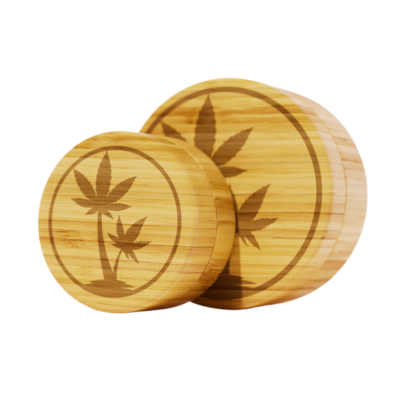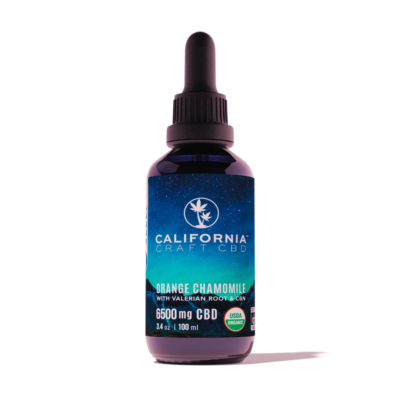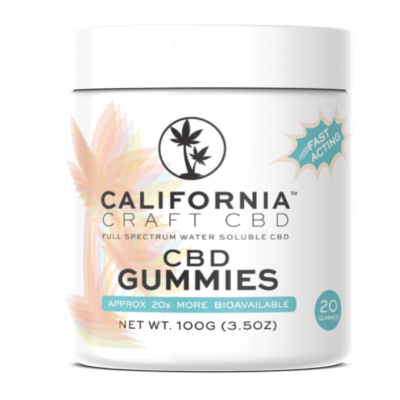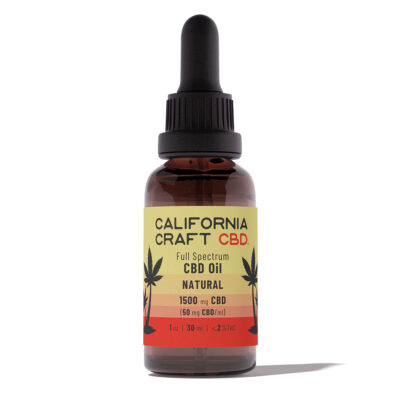Weekends are a gift. Even if someone has to spend part of it writing the blog they were supposed to post on Friday. This is due to the fact that during the week everything, everywhere is happening all at once all the time. Which is crazy after two years of stop and start and constant delays. It’s as if we have all collectively decided that we have had enough of reality’s bullshit we are going start creating our own reality now.
The world is ready to move on and so are we. It’s also high time for the people who have been blocking the development of the cannabis and hemp industries *cough, cough -bigpharma- cough, cough* to sit down. We have work to do across the full spectrum of the cannabis industries. It is a great work, and it will take time. It is for the benefit and betterment of humanity and the planet as a whole. And we are all deeply tired of being consistently blocked by avarice, ignorance and greed.
So, on that note, let’s talk more about terpenes.
Deep Dive
In last week’s blog we talked about the basics of what they are and how they can help the human body. The therapeutic properties of Many medicinal plants are there because of terpenes.
Plants like sage, thyme and lavender all have terpenes that are recognized as having curative properties. In sage there are 1,8-cineole, a-thujone, and camphor. Clinical studies have shown that these terpenes have the therapeutic qualities that make sage valuable as a medicinal herb.
It should be noted here that sages growing in different regions will express the terpenes differently. This means that the sage growing in Greece and the sage growing in Mexico will have variations in their terpene profiles. This fact is super important for the work that we are planning to do, but we will talk more about that later.
Terpenes come in 3 major varieties, monoterpenes, sesquiterpenes, diterpenes. The compounds are mostly produced by plants and each plant can create hundreds of terpene compounds, each one fulfilling a different role in the growth and development of the plant. The complexity of their functions is the stuff of legend.
Our good friend Lumir Hanus, the master of terpene research, compares what we don’t know about terpenes to the underwater part of a massive iceberg. Our current understanding of terpenes is represented by the tip of the iceberg. Which is alternately exciting and intimidating.
And speaking of exciting, this is also probably a good time to mention that terpenes are the foundation of Aroma Therapy. Which kind of blew my mind. But also, it makes perfect. Terpenes responsible for the flavor and aroma of any given thing and voila, you have Aroma Therapy.
The Terps: Who Are They and Where Do I Find Them?
So now we know that terpenes are amazingly therapeutic, so much so that there is a whole school of therapeutic treatment based solely on terpenes. But who are the terpenes and more importantly where do we find them? Great question!! Let’s go!!
The truth is that there are like 30,000 terpene compounds out there so there are a lot to choose from, but we will go with the basics. So, without further ado, here are the Terpenes.
The Terpenes
Myrcene
Myrcene is one of the most abundant terpenes found in the cannabis plant. Beyond cannabis, it is responsible for the scent of mangoes, as well as the musky and earthy tones found in lemongrass and thyme. Increased levels of myrcene create a more sedative effect on the end-user. Myrcene is also recognized as having the following properties:
- Analgesic
- Anti-bacterial
- Anti-inflammatory
- Anti-psychotic
- Anti-spasmodic
Limonene
Another commonly found terpene, limonene has a strong citrus smell and flavor, often found in concentrated sativa strains as well as citrus fruit. Limonene is helpful in battling fatigue and facilitating the release of serotonin. Other associated properties are:
- Anti-depressant
- Anti-inflammatory
- Reduces acid reflux
- Immunostimulant
Caryophyllene
Often referred to as the “spicy” terpene, Caryophyllene remains the only terpene that is known to interact directly with the endocannabinoid system – specifically with the CB2 receptor. It can reduce abdominal swelling and improve brain function. Caryophyllene also has the following properties:
- Antioxidant
- Analgesic
- Neuroprotective
- Anti-proliferative
Linalool
Linalool is associated with lavender and aids relaxation and sleep, as well as showing strong potential as a mood booster. The recognized properties of Linalool include:
- Mood enhancement
- Immune system support
- Anti-stress
- Anti-microbial
Pinene
Pinene is the most naturally occurring terpenoid and is associated with a pine scent and taste. It improves memory and increases alertness and is most commonly associated with sativa strains and coniferous trees like pine and fir. Other recognized properties include:
- Bronchodilator
- Analgesic
- Antibacterial
- Antioxidant
- Anti-inflammatory
The More You Know…
There is an old saying, often attributed to Plato, that goes something like this: The more you know, the more you know you don’t know. This saying is especially true for highly complex fields of study such as philosophy, astrophysics, quantum mechanics and where all of the socks and tupperware lids/containers go. No seriously, where do they go?
This is especially true for terpenes. Professor Hanus has been studying them for decades and he still feels that one of the more profound insights that he has to offer on the subject is that there is still so much to learn. We are so in on that!! So next week we will continue to talk about terpenes and how mind-blowingly amazing they are. Until then pop by the shop and try some of our terpene filled full spectrum products and have an amazing weekend.




